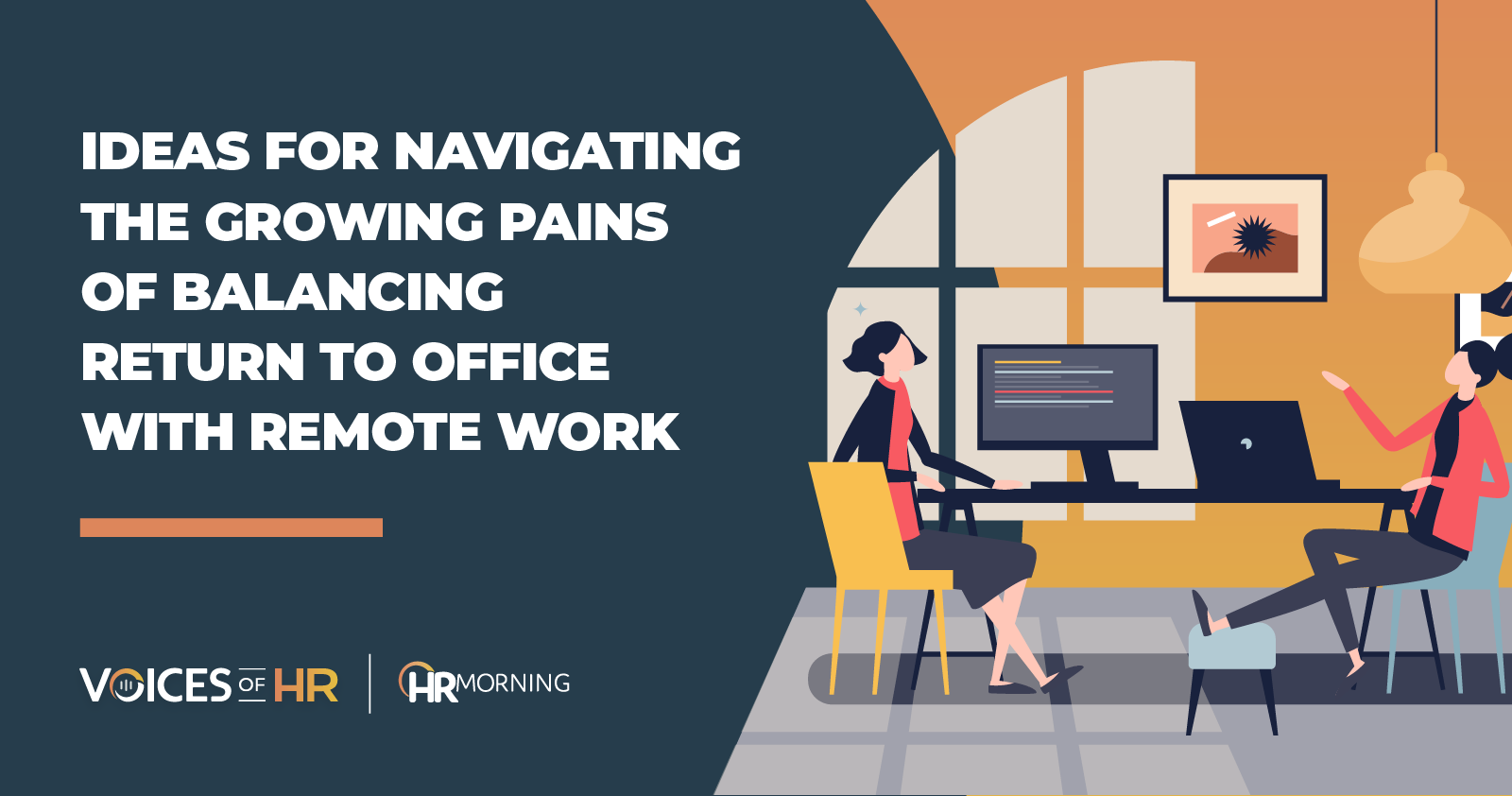Long Live WFH! 4 Arguments for More Remote Work
Many employees at companies around the globe have done more than make arguments for more remote work: They’ve demanded it. And they might be onto something. In fact, many companies find work from home (WFH) is their competitive advantage. Still, HR is stuck in the middle of the WFH v. RTO (return to office, that…










